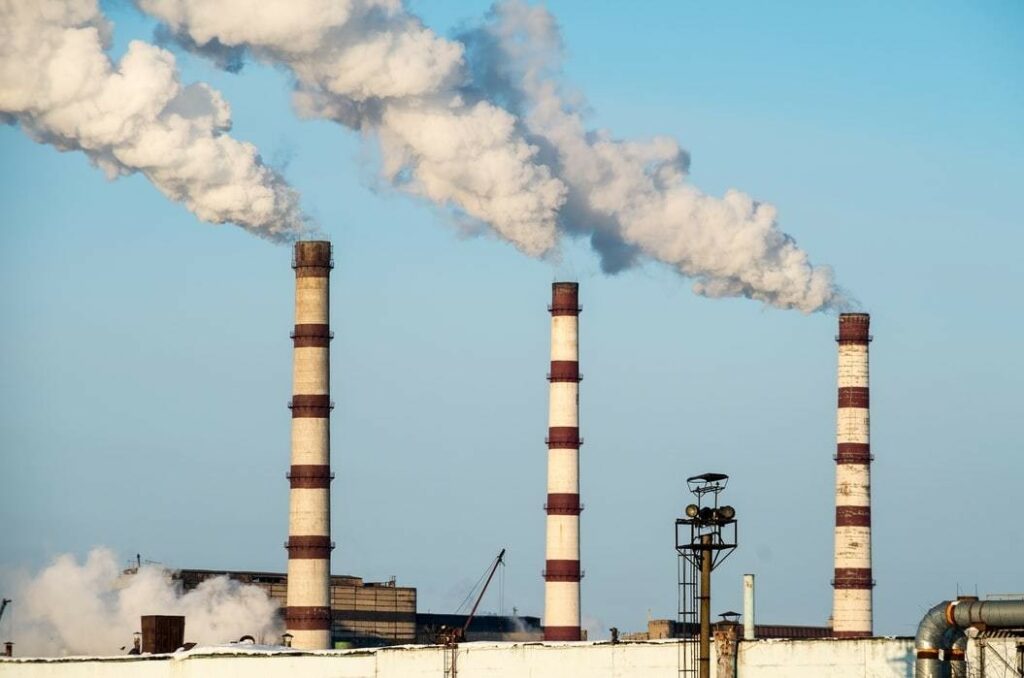Scientists call the big question at the heart of the global warming “Equilibrium Climate Sensitivity”, or ECS. In English, it’s the total amount of warming to expect over the next few centuries if atmospheric CO2 doubles. For decades the IPCC has said ECS is probably around 3˚ C, but could be as low as 1.5 or as high as 4.5 or even 6. All their computer models work with that range, and past IPCC reports have said if ECS is low, around 1.5 degrees, it's no big deal whereas if it’s over 3, as many models assume, we’re in trouble. An important study in 2018 said historical data points to the low end but critics said those researchers underestimated ECS because they didn't take into account what the models show about how the Pacific Ocean behaves. Now a pair of studies have said reality trumps simulation and it’s the models that get the Pacific Ocean wrong.
In order for the Earth's surface to stay at a steady temperature, as much energy has to escape back into space as comes into the atmosphere from the sun. And greenhouse gases in the atmosphere slow the process of heat escaping (see our Simple Physics video for a detailed explanation). But scientists know that the Pacific Ocean also affects the process because of the way it affects patterns of cloud formation that, in turn, trap or reflect heat or both. It comes down to where the warming happens. When ocean warming happens in the western tropical Pacific, the overall effect tends to increase radiation out from the upper atmosphere, creating a “negative climate feedback” or net cooling effect. But if the Pacific warms in high latitudes instead, the different patterns of cloud formation mean heat doesn't escape as easily and the surface warms instead. (As our video warned, it’s not as simple as the alarmists often claim with their blanket of gases warming the planet.)
Pierre Gosselin at No Tricks Zone discusses two papers that recently appeared in peer-reviewed science journals showing that the climate models underestimate how much warming gets concentrated in the western tropical Pacific in response to increased greenhouse gases, and overestimate it everywhere else. Putting the two papers together helps explain why models consistently predict more warming historically than nature manages to produce. Which means the low ECS values estimated from actual data look more reliable than the high values based on digital speculation.
There's a lot of interesting material out there on ECS so watch this space.


